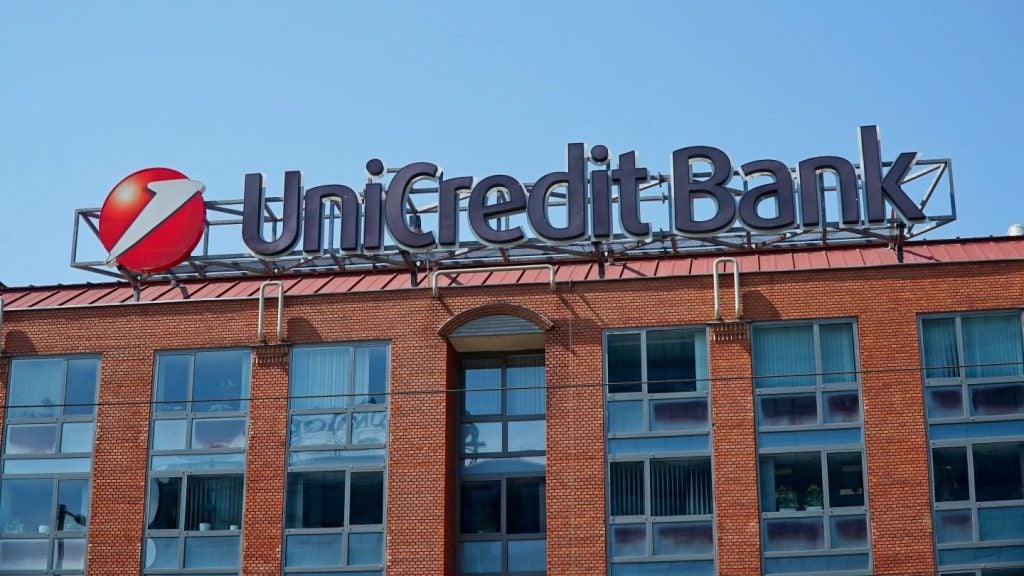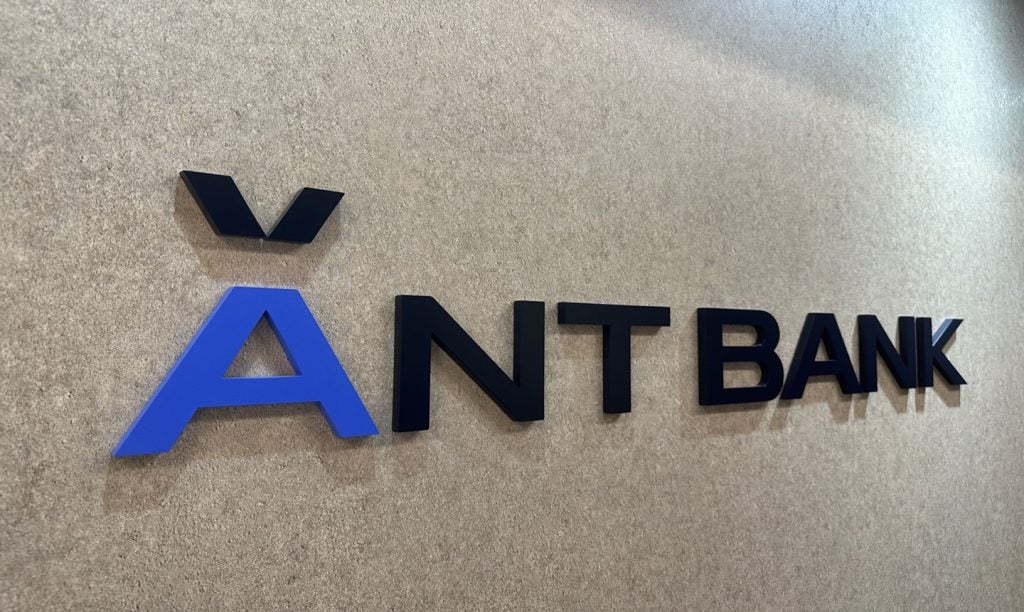Dreams has been making savings personal and emotional since 2014. The launch of its service as a consumer app in Sweden, offering a savings experience that’s science-based, delightful and confidence-boosting, placed Dreams on the radar as a fintech to watch.
In 2018, Dreams added an investment module to facilitate longer-term dreams and launched the savings experience in Norway. In 2019, the debt management module was introduced in Norway to help people consolidate debts and reduce financial stress.
By 2020, with 500,000 customers in Sweden and Norway and a growing interest in the banking industry, Dreams Technology launched its B2B SaaS offering to banks worldwide as an embedded, white-labelled solution.
Henrik Rosvall, CEO and co-founder, Dreams Technology says that its dream of helping millions of people to achieve greater financial wellbeing is becoming a reality.
Specifically, Dreams is on a mission to create deeper and more valuable relationships between banks and customers.
Says Rosvall: “Building on insights from psychology, neuroscience and behavioural economics, the Dreams engagement banking platform offers unparalleled effectiveness in activating intrinsic motivation and driving sustainable behavioural change.

US Tariffs are shifting - will you react or anticipate?
Don’t let policy changes catch you off guard. Stay proactive with real-time data and expert analysis.
By GlobalData“Our scientific approach has proven results for key economic and social sustainability goals, including increasing financial wellbeing, financial and gender equality, and responsible consumption.
“Dreams design financial services that fit neatly into people’s lives, making it easier and more fun to save, invest and pay off debt. We believe that we can help financial wellbeing become a reality for millions of people by seamlessly integrating our solutions into existing bank apps. This provides banking customers access to tools and features which help boost their financial health.”
At the same time, Dreams empowers banks to meaningfully engage with their customers and drive new revenue streams by offering a more personalised and engaging user experience.
Henrik Rosvall, CEO and co-founder, Dreams Technology
2023 Forecasts
To say that 2022 has been a turbulent year is quite an understatement. While the energy crisis has driven high levels of inflation, causing people around the world to face higher costs of living, banks are now bracing for even tougher economic conditions and a possible global recession in 2023.
This has created a real urgency for banks to further digitalise their channels and deliver new financial services that are more effective at helping customers to cope with ongoing inflationary pressures. As these macroeconomic realities intensify over the coming months, we are likely to see a greater number of banks pull the plug on their legacy, data-driven PFM solutions, in favour of more sophisticated tools which are backed by science and actively encourage users towards healthier financial habits.
In 2023, the ability to anticipate evolving customer needs, and in turn design user experiences that effectively drive intrinsic human behaviour and promote financial wellbeing, will differentiate forward-thinking banks from their rivals.
Ever since the pandemic began, banks have been forced to speed up their digital transformation processes. While many have found that building their own digital solutions is not only time-consuming but also extremely costly, there have been several regulatory changes in third-party policy that have come into place over recent years, which have enabled a plethora of partnership opportunities between banks and fintechs.
As we move into 2023, the circumstances brought about by the cost-of-living crisis will put even more pressure on financial institutions to further digitalise their services and meet the evolving needs and wants of consumers. Consequently, the number of banks collaborating with third-party providers will drastically increase, meaning the level of growth and investment within the B2B fintech space will reach new heights.
Additionally, B2B business models are more shielded from market volatilities than their B2C counterparts, and less vulnerable to rising inflation and interest rates. As the overall decline in spending continues to worsen in 2023, we can expect loan demands to fall and defaults to increase, which will further contribute to making B2B fintechs an attractive proposition, for both financial institutions and the investment community.
The green banking movement has been gathering plenty of momentum recently, with many banks having already committed to reaching net-zero carbon emissions. In order to deliver on that commitment, banks are starting to explore how they can address their ESG targets in a more holistic way, which not only spans their own operations but also supports their customers’ own decarbonisation efforts.
With this in mind, in 2023, many banks will move beyond the traditional green financial products that have dominated the market in recent years, such as carbon footprint calculators, and instead implement solutions that are less data-focused and more effective at helping consumers adopt sustainable ways of living and reduce their carbon footprint.
Discussions remain ongoing in Brussels around standardisation and the introduction of scope 4 as a way of making an impact in the ESG space and drastically accelerating the transition to net-zero. Whether that comes into play in 2023 remains to be seen. What is certain however, is that the concerns around climate change will not go away and the ESG agenda will only grow from strength to strength. The banks that truly stand out in 2023 will articulate a clear vision for playing a positive role in the lives of their customers, whilst improving their overall financial wellbeing and driving sustainable behavioural change.








